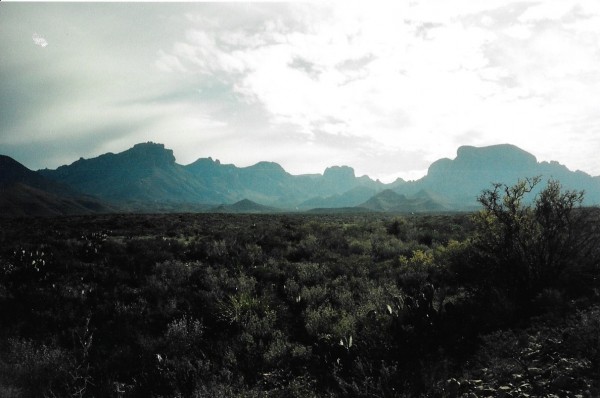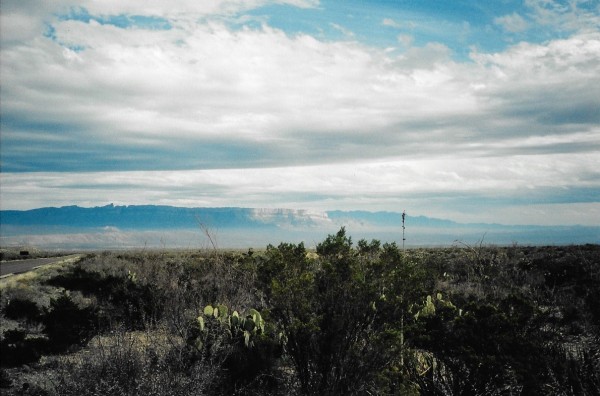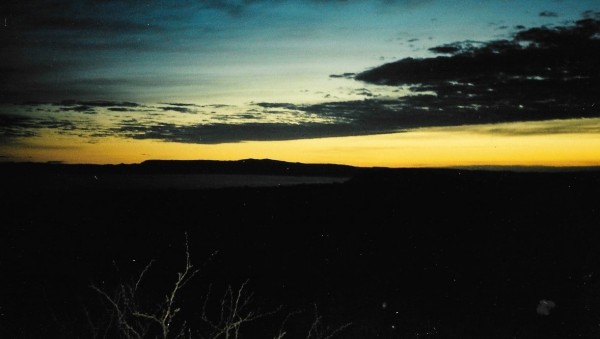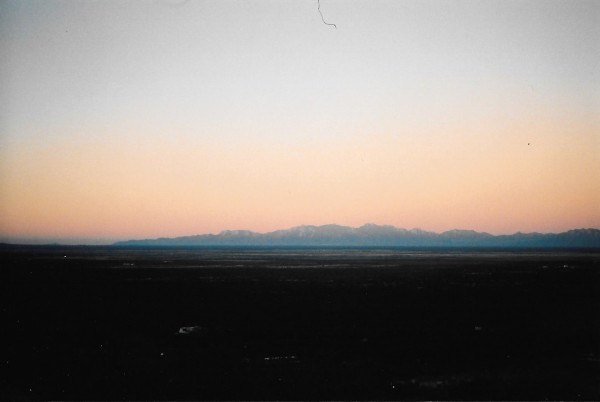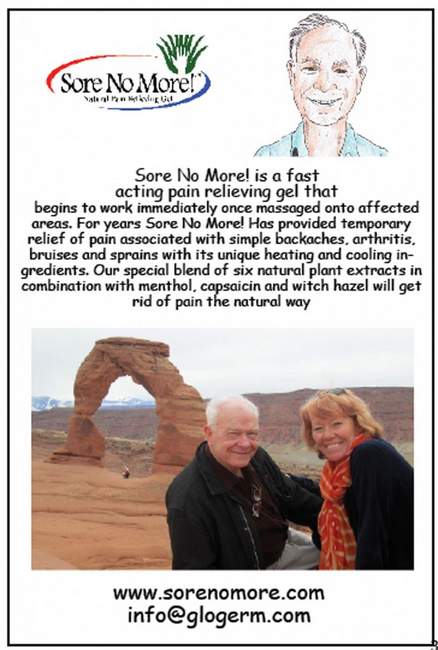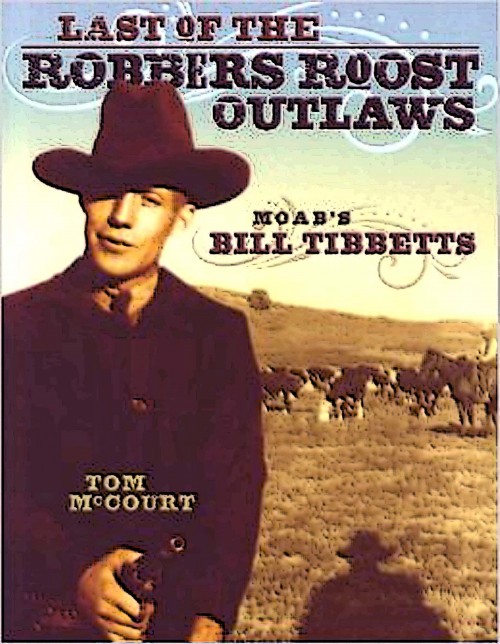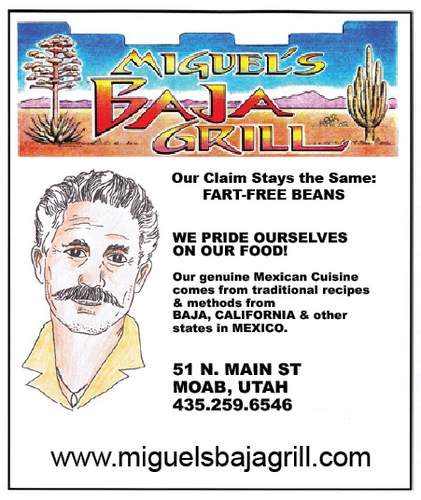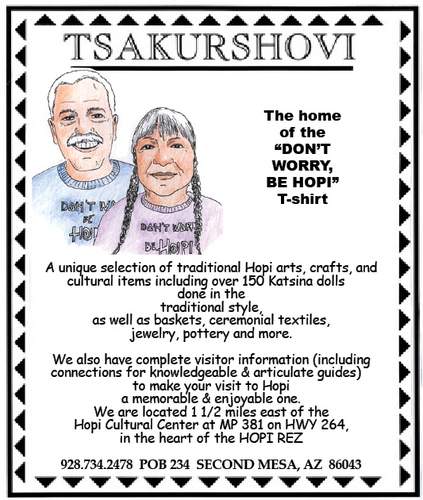“What are we going to do with this planet? It’s a problem of love; not the humanistic love of the West – but a love that extends to animals, rocks, dirt, all of it. Without this love, we can end, even without war, with an uninhabitable place.” – Gary Snyder, 1964
It was in 1975 when I was 27 that I first experienced myself as part of the wildness of the land. My older brother Dan and I had just crossed the Pecos River in Texas after midnight into the endless expanse of Creosote on the eastern edge of the Chihuahuan desert. Somehow those millions of spread-out Creosote bushes weren’t simply out there anymore, apart from me. We were wonderfully alive together. I was ecstatic.
I’m cautious about making too much of this experience because it didn’t touch my life as a whole. But ever since then, whenever I’ve been in the Chihuahuan Desert or in one of the other American deserts, I’ve felt a part of them in a way that I can’t describe. I particularly love the rough lowland desert terrain encircling the purple fortress of the Chisos Mountains in Big Bend National Park, and the wall of the Sierra Carmen Mountains just across the Rio Grande River there. And the northern fringe of the Chihuahuan Desert making its way through and along the Tularosa Valley in south central New Mexico; you can stand in the Oliver Lee State Park on the eastern side south of Alamogordo, and watch the dawn light spread across the wide valley floor, casting the long, distant line of the Organ Mountains on the other side in purple light.
I suspect that a lot of people in one way or another have been having experiences like I did that night in Texas. Jerome Bernstein, a Jungian analyst, has written about this phenomenon in his 2005 underground classic, Living in the Borderland.
While somewhat dense, it’s well worth a read.
What would it mean to get serious about saying that the land is not separate from us? That it is our body and that we need to take care of it as such? Note: in using the word “land” I include not only the raw geological surfaces but the ecosystems surviving upon them, the oceans and all the life within them, and the atmosphere that nurtures all and sundry. And furthermore to acknowledge, as is the case with our physical bodies, that our failure to care for the land will eventually kill us; through processes that are both sudden and cruelly strung out. As the deeply honest scientists among us and other tough-minded, informed people are imploring us to realize.
***
So let’s look at the psychic split between how we view caring for our physical bodies versus caring for the land.
First, our vast and massively expensive medical system speaks for itself: that on some level we damn well know that if we fail to take sufficient care of our physical bodies that they will eventually kill us. This is the case even though plenty of people do attempt to ignore their mortality by treating their bodies as cesspools and as dumping grounds for diverse toxins.
Back in 2008, more or less, a doctor whose opinion I greatly respect told me I had a pre-diabetic blood sugar reading and that I needed to lose about eight pounds, eat whole wheat grains, be generically careful of what I eat, and exercise at least 30 minutes a day four days each week. Or else. Since then I have pretty much done so and my blood sugar readings have pretty much been fine.
Yet as every experienced medical provider well knows, and as I learned in working for 12 years as a behavioral health counselor in a primary care medical clinic, a lot of people who get near and then cross the line into diabetes do not eat better and exercise, even when they are given multiple, clear cut, politely in-your-face warnings by their medical providers.
With the following results, among others: heart trouble, blindness, neuropathic foot pain, and foot amputations. Clear and ugly evidence of what your body can do to you when you refuse to take its needs seriously; even before it kills you.
So if you’re tempted to imagine that you’re one of those carefree souls who can with abandon declare, “Hey, everybody’s gotta die of something!” consider how carefree your attitude about your foot will be after a surgeon tells you that she or he will need to cut it off.
We really do love our bodies, even though we frequently take them for granted.
By contrast let’s consider whether there is an infrastructure in place to care for the land, or as I like to call it the wildness of the land, that is comparable to our vastly organized medical system. My answer: not hardly.
When it comes to dealing with the looming, species-level calamity of climate change we only have in place, beyond the now discredited Kyoto Protocol, two international agreements: the first signed in Copenhagen in 2009 and the latest in Paris in December, 2015. Neither requires much less enforces the drastic curtailments in fossil fuel emissions that are desperately needed to head off the approaching horrors of climate change. What they consist of instead are sweetly worded goal statements and associated platitudes. The Paris agreement in particular has the odor of a public relations exercise in proposing a nice-sounding long-term solution absent rigorous scientific backing, which I suspect is meant to invite complacency within the public.
This would be like paying doctors and medical providers to tell their desperately ill patients that drastic, life-saving treatments are not necessary in the short-term while adding that relatively inexpensive, symptom ameliorating medications are sufficient for now and that a long-term, much less painful cure will be available soon enough. Such duplicity would be a gross violation of a medical provider’s Hippocratic Oath.
When it comes to other environmental and ecological concerns, there is of course an infrastructure of established and well-funded environmental organizations that undertake an array of yeoman environmental labors; doing necessary, good work. So if you don’t scrutinize, matters appear to be in hand.
(Gee: could there a pattern here?)
Naturally there is a subterranean agenda: the funding of these organizations too often comes from well-to-do sources that don’t want economic growth challenged, so that the versions of “sustainability” that such environmental groups end up advocating for predictably include economic growth, no matter how absurd the situation on the ground becomes. Nor is addressing the urgent issue of overpopulation feasible for them because progressives and the neo-liberals alike will wield the hammer of political incorrectness against them should they try.
The foregoing would be like paying doctors and medical providers to carefully treat patients unless they object to the ideology of economic growth or harbor other politically incorrect viewpoints; in which case they would get no treatment at all. That would be another gross violation of the Hippocratic Oath.
***
Actually, there is nothing mysterious about what the shift that treating the land as our very selves involves. Cherokee activist Rebecca Adamson has outlined what this means as well as anyone: “More than any single issue, economic development is the battle line between two competing worldviews. Tribal people’s fundamental value was with sustainability and they conducted their livelihoods in ways that sustained resources and limited inequalities in their society. What made traditional economies so radically different and so very fundamentally dangerous to western economies were the traditional principles of prosperity of creation versus scarcity of resources, of sharing and distribution versus accumulation and greed. Of kinship usage rights versus individual exclusive ownership rights. And of sustainability versus growth.” (“First Nations Survival and the Future of the Earth,” in Melissa K. Nelson, Ed. (2008). Original Instructions. Bear & Company, Rochester, Vermont. p. 33).
Note how different this is than claiming that growth is an integral aspect of sustainability, which is the Orwellian plight that so many mainstream environmental organizations find themselves in.
In the same book Melissa K. Nelson, Ph.D., of Anishanaabe, Metis, and Norwegian heritage, clarifies that not all indigenous people embrace what she calls Traditional Ecological Knowledge (TEK): “…many Native Peoples have become ‘Americanized’ with the same materialism and greed as anyone else and have been conditioned to forget the earth and our nonhuman relatives. The fact that many Native American tribal councils are prioritizing casinos, golf courses, and resorts over traditional agriculture, sustainable land use, and cultural centers makes this point.” (“Lighting the Sun of Our Future – How These Teachings can provide Illumination,” p. 13).
My guesstimate is that within each tribe we’d find a core of traditionalists, often a small one, determined to preserve the ancient knowledge and viewpoints because they know they have a value that transcends the mainstream societal maelstrom. A value that many within their own tribes, sadly, may no longer appreciate.
Nelson adds further: “Because TEK is so foreign to the mindset of modern, western science and the Eurocentric paradigm, it is often difficult for non-native outsiders to understand these realities and teachings.” (p.14).
Yes, but not because the content of these teachings is complicated or abstruse. What’s difficult for us outsiders is the bedrock assumption upon which those teachings rest, and upon which the teachings of every pre-agricultural society rested: that we humans must adapt to, learn from, and be a part of the natural world because trying to dominate it brings certain disaster. As Nelson seems to suggest, if you’re raised to accept these teachings they’re much more likely to become part of who you are, not only because of the social support involved but also because of their self-evident wisdom.
This is not, however, how we of the dominant societies view the matter nor is it how we train our children. Through our rationalist, capitalist, sometimes socialist, and also our older Biblical worldview, at least as we have chosen to interpret the latter, we think of the land as a set of resources, not unlike an array of investment accounts, that we are free to carve up and exploit as we please for our own pleasure and profit. We even market enjoyment of the land – “recreational use” – as a commodity and in many cases as a set of designated adrenaline spikes. This outlook is especially pronounced within the middle or upper classes of the global North, but I fear it may be spreading like E. Coli across our globalized world.
The situation is like two sides of a coin. On one side is our attitude of entitlement, our presumption and arrogance. On the flip side is our addiction to fossil fuels and ripping more resources out the earth’s hide than it can tolerate without spurting out dreadful consequences. Thus ensconced, we have forgotten that for 90-95% of our species’ history we have survived quite ably by adapting to the land and, as I said, being a part of it. And were content in doing so and can do so again, especially with the aid of our astonishing advances in technology.
The process of healing for us will likely require a profound experience of humility. It will be a matter of wholeheartedly admitting that the consequences that are cascading down upon humanity, especially upon people in the global South, and upon countless other species, have been brought about by our own attitudes and behaviors, particularly by those of us in the global North. If and when our collective humility is at last genuine it will be evidenced by both a rigorous commitment to honesty in the future and an ongoing commitment to a sea change in behaviors (if those changes aren’t consistent, look out).
What’s wonderful about the land is that all along it’s been providing sustenance for us and offering us peace of heart and spirit through its vastness and beauty. It doesn’t want to devastate us unless we’re prideful enough and obtuse enough to (a) take it for granted and (b) thoroughly mistreat it; in which case it will hammer us down with enormous power and dispatch. As it’s amping up to do now.
All photos courtesy of the author.
SCOTT THOMPSON is a regular contributor to the Zephyr.
He lives in Beckley, WV.
To read the PDF version of this article, click here.
To comment, scroll to the bottom of the page.
Don’t forget the Zephyr ads! All links are hot!

